Our interview with Andreas von Buddenbrock, the artist behind The Ink Trail
Meet Andreas von Buddenbrock (aka The Ink Trail), a Swedish Illustrator based in Hong Kong.
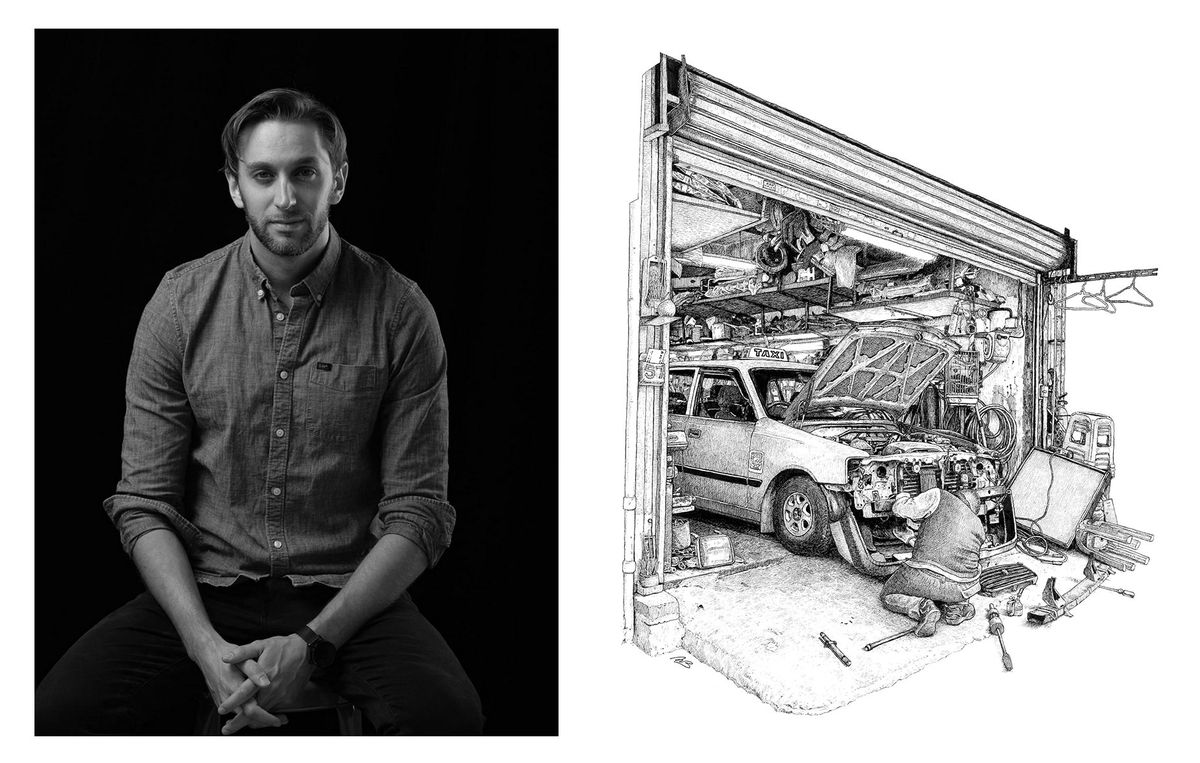
A few minutes every morning is all you need.
Stay up to date on the world's Headlines and Human Stories. It's fun, it's factual, it's fluff-free.
Meet Andreas von Buddenbrock (aka The Ink Trail), a Swedish Illustrator based in Hong Kong. Ever since he was small, he found himself always drawing, so growing up to become a full-time artist was no surprise. Andreas moved to Hong Kong and studied at Savannah College of Art and Design, graduating in 2011, and shortly after moving to New York to work as an assistant to famous Swedish sculptor Anders Krisár and train as a gallery associate at the Museum of Modern Art (MoMA).
Buddenbrock's love of art and nature often takes him deep into the natural landscapes of Hong Kong as he works with fine-line ink markers to transcribe the sights and scenes around him. However, that isn't all he portrays in his black leatherbound sketchbook. Scenes of city life, the ambience, capturing facial expressions and translating people's personalities onto paper are a few more of Buddenbrock's talents.
Throughout his career, he has created images for both private and commercial clients, including FC Barcelona, Hang Seng Bank, Tanner De Witt, Klasse14 and many more. His works can also be found in the "World's Largest Colouring Book," which won the Guinness World Record in 2018.
TMS caught up with Buddenbrock to talk more about his life, how he ended up in Hong Kong and how he sees art in the chaotic city.
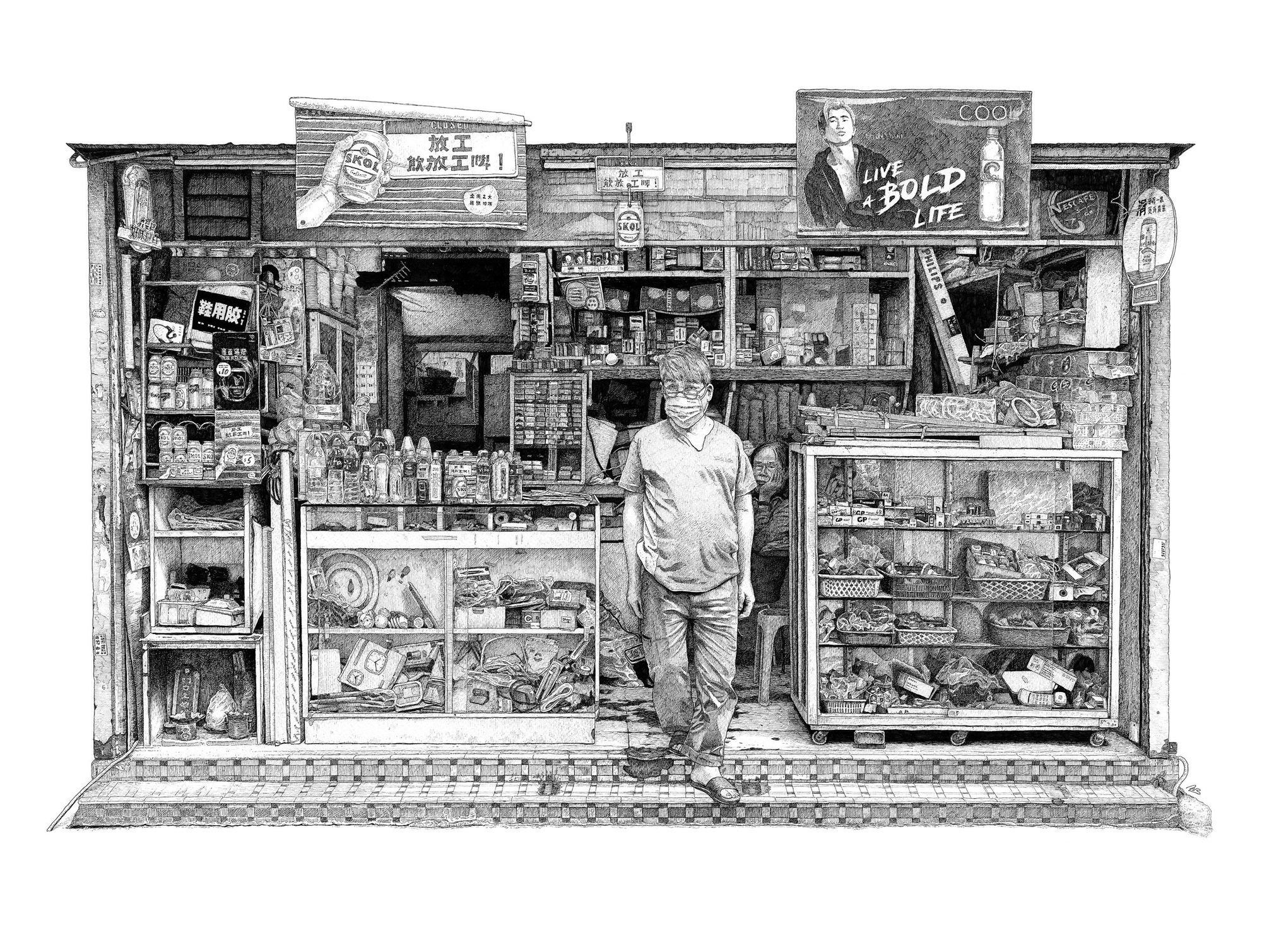
Q: Please tell us a bit more about you and your background.
A: So I'm an artist working in Hong Kong. I'm from Sweden. I originally came here about 10 years ago in 2012, going to SCAD, which was a school here. They had a campus here that sadly closed a couple of years ago. But SCAD stands for Savannah College of Art and Design, and I did my bachelor of Fine Arts in Illustration here.
Previously before that, I did a year of basic art training in Stockholm and initially came here because I lived in Manila for a short time, and I really liked Hong Kong, and I decided to look for schools here. So that's the short version.
Q: What's the long version?
A: Well, actually, my initial plan was to look for art schools in Sweden, and I decided to do four months in Philippines because my dad has now lived there for 16, 17 years. And about, that was 11 years ago, I was living there.
No, actually, sorry. Let me go back. The reason I'm here if you want the sort of fatalistic version of this is the volcano. Do you know that volcano that erupted in 2010 in Iceland? It blocked all air traffic in Europe. So I kind of blame that, if blame is the right word, because I was supposed to stay in Philippines seeing my dad there for a couple of weeks, just on vacation. And that erupted that last day when I was going to fly back. So I got stuck for another two weeks. And because I got stuck for a month, I decided that I kind of liked living abroad.
So the next year, I lived there and worked in Philippines for four months. And then, after that, I decided, "No, I'm not going to look for art schools in Sweden. I'm going to look for art schools in either Asia or the US." And that's sort of how I came upon the school in Hong Kong and how I live here.
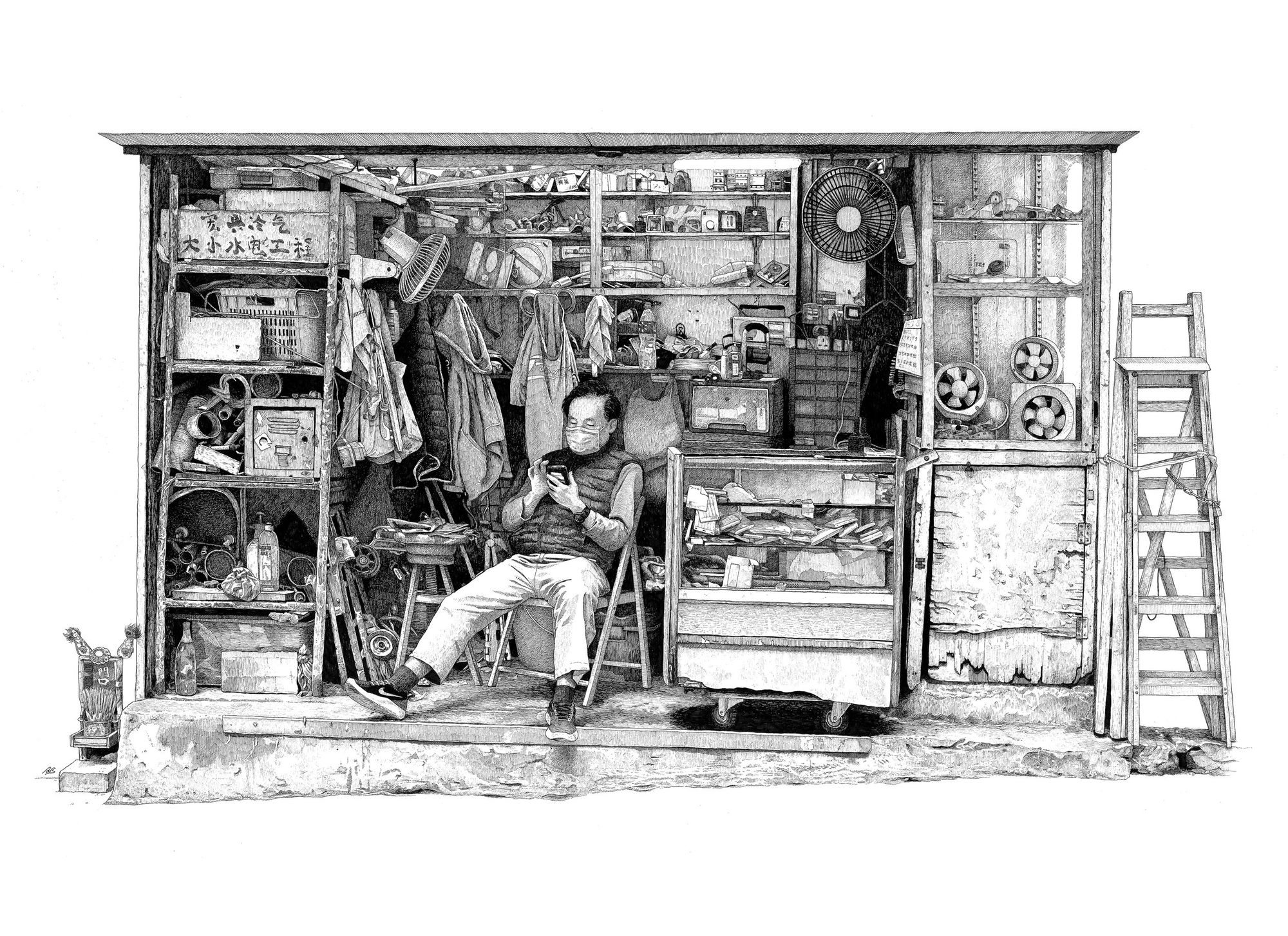
Q: Have you always been very artsy? Have you always wanted to be an artist, or was it something that found you naturally?
A: No, I think I've always wanted to ever since kindergarten. I was always drawing, probably more than most kids. I actually had, what I would say sort of jokingly – my first commission was this older kid in my kindergarten who asked me to draw Winnie the Pooh for him and Piglet holding hands. And so I would draw it for him because he thought I could draw better than him. And then ever since, I think, both in kindergarten and then in early grade school, when they asked me what I was wanting to do when I grew up, I would always say, "I'm going to be a Disney cartoonist." So I always wanted to do something based on drawing, and then that sort of changed into an illustrator and fine artist. It kind of evolved, but it was always about art.
Q: Did you explore a few mediums before you landed on this [drawing], or was that always your goal?
A: Yeah, I mean, I always liked drawing. I was always drawing with pencil mainly when I was younger. Anytime I'd go to a restaurant, my mom would always bring some pen and paper so I could sit and draw. So drawing was always more interesting for me than painting, which I also had to do.
But then, when you go to art school, like the basic art school but also what's called BASIS in Stockholm, and then also at SCAD, you had to experiment a little bit with other mediums. So oil painting, acrylic painting, watercolor painting, sculpture, everything pretty much. And I was always more drawn to – no pun intended – drawing.
Q: Do you have any inspirations, like other artists, that you draw inspiration from?
A: Yes, I definitely have a few. One of them is Junji Ito, the Japanese horror manga comic book creator. I really like his very harsh, black-and-white drawings. Some of them very detailed, especially when he does a single spread illustration. Usually, something horrific. But it's very, very detailed and very well-made. A lot of comic book artists, actually, because they're more focused on the inking. Like Mobius, the French comic book creator, and Kim Jung-gi, who sadly died just a few days ago, actually. He was very good at what he did.
Yeah, just a lot of artists who are more specialized in ink drawings – something that's similar to my style. Not necessarily that I'm saying that I'm as good as they are, but we're using similar materials, so it makes me more inspired.
Q: So what does inspire you currently? What motivates you to create your pieces of art? I know you get out in nature a lot.
A: Yeah, walking in nature, hiking, taking walks. Even walking around the city because you see a lot of things that way. Traveling; now we can do that more, so that's great. I get very inspired just by seeing other people's work. If I can see that it's been made with a lot of love and attention to detail, that really inspires me. So that could be anything from movies or games or comic books or even a TV show or music. If I can just tell that a lot of time went into this and it wasn't rushed, then that inspires me to do something of equal [quality].
Q: What do you find are some of the challenges of being an artist?
A: There's a lot of freedom with being a freelancing artist. But the challenge, of course, is always going to be unless the job comes to you, you might have to try to find it some way. Or, I might not be trying to sort of hunt down jobs, but what you have to do in the meantime is self-promotion. Self-promotion I wouldn't say is my specialty. Like, I'm not really a salesperson, so you either have to really learn how to do that, or you have to hire someone to help out, and I've sort of done both.
But yeah, that can be hard. Or trying to stay disciplined, of course, is another thing. Just posting regularly, or remember to remind people that you're actually selling your art and you work on commission and things like that.
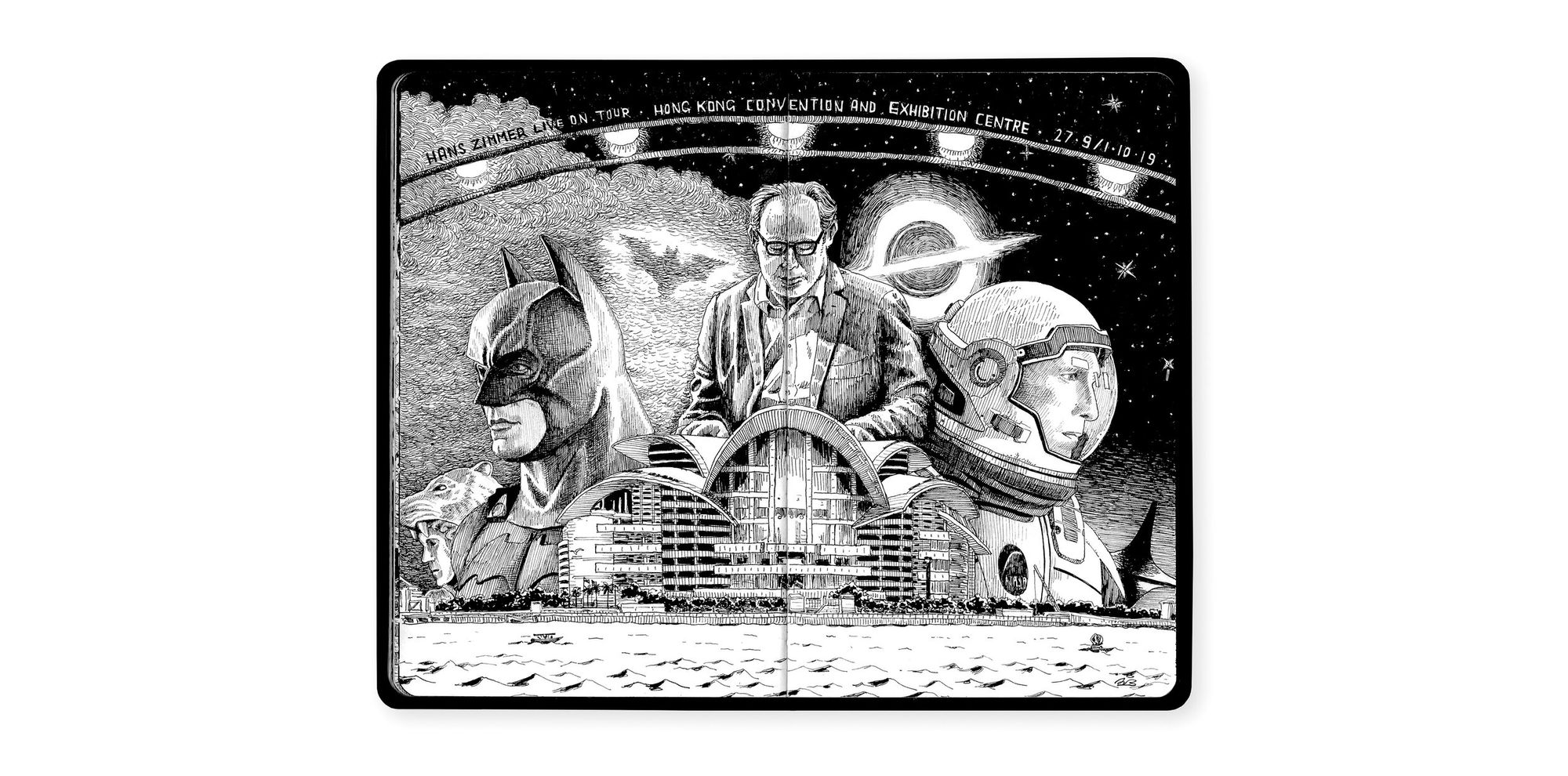
Q: What does a typical day in your life look like?
A: A typical day is me probably working from home on some project unless I'm out teaching drawing, which I do as well. I might be at home working on my art, and then eventually, I will feel like I need to get out, and I will take a walk. Just either walk along the water or maybe sometimes walk in the forest a little bit. Just to get out because I do tend to get cabin fever, which is why I'm very happy that the quarantine thing is over.
Q: What is something you love about being an artist, and what is something that you do not like about being an artist?
A: What I love about it – I mean, I get to do art every day, which is the main thing. I would have done that anyway, but it's good to be able to do that as your work, obviously. And also, I love when I work on my sketchbooks. I mean, I will go out and sit somewhere and sketch, and that way, actually, you tend to meet a lot of interesting people. Sometimes people will come up and start chatting with you just randomly, and yeah, that's kind of fun. And also, it's sort of an excuse for me to go out and seek new places. So that's definitely a perk.
And what I like less about it, I think, I mean, I like being an artist … I wouldn't say it's a downside to being an artist, but I guess one of the negatives can be that some might view art as being less important, and of course, it depends. It's all relative. It's obviously more important to have firefighters and policemen, but art is still an integral part of us living our life and enjoying our life. And I think maybe some people forget that, and they think it's less important. They think, "yeah, you can do it in five minutes." They will ask you to do free art … because they think you can just whip it up in five to ten minutes. I can't always blame them because they might forget that it's actually a person's job and it takes them hours and hours of their life to work on this, but yeah, sometimes that happens.
Q: How do you find art is important to society?
A: I guess like I mentioned, I think that there's still some importance to have art because that way, we have something to enjoy. It's not that art is the only thing, but I think, and I totally will butcher that quote, but there's some quote by Stan Lee that I really like about "arts keep some people off the deep end." It makes them feel some kind of, you know, if not meaning, but some kind of joy in their life. It's not just wake up, go to work, go back home, go to sleep. It's something that you can enjoy as a pleasure. And yeah, I suppose that's the main thing.
And then it might also, you know if you see an art piece, and you see something that the artist's really focused on that you never thought of, it might make you think in a different way, just like a book can. So you might do things in your daily life a little differently by having seen certain things in art.
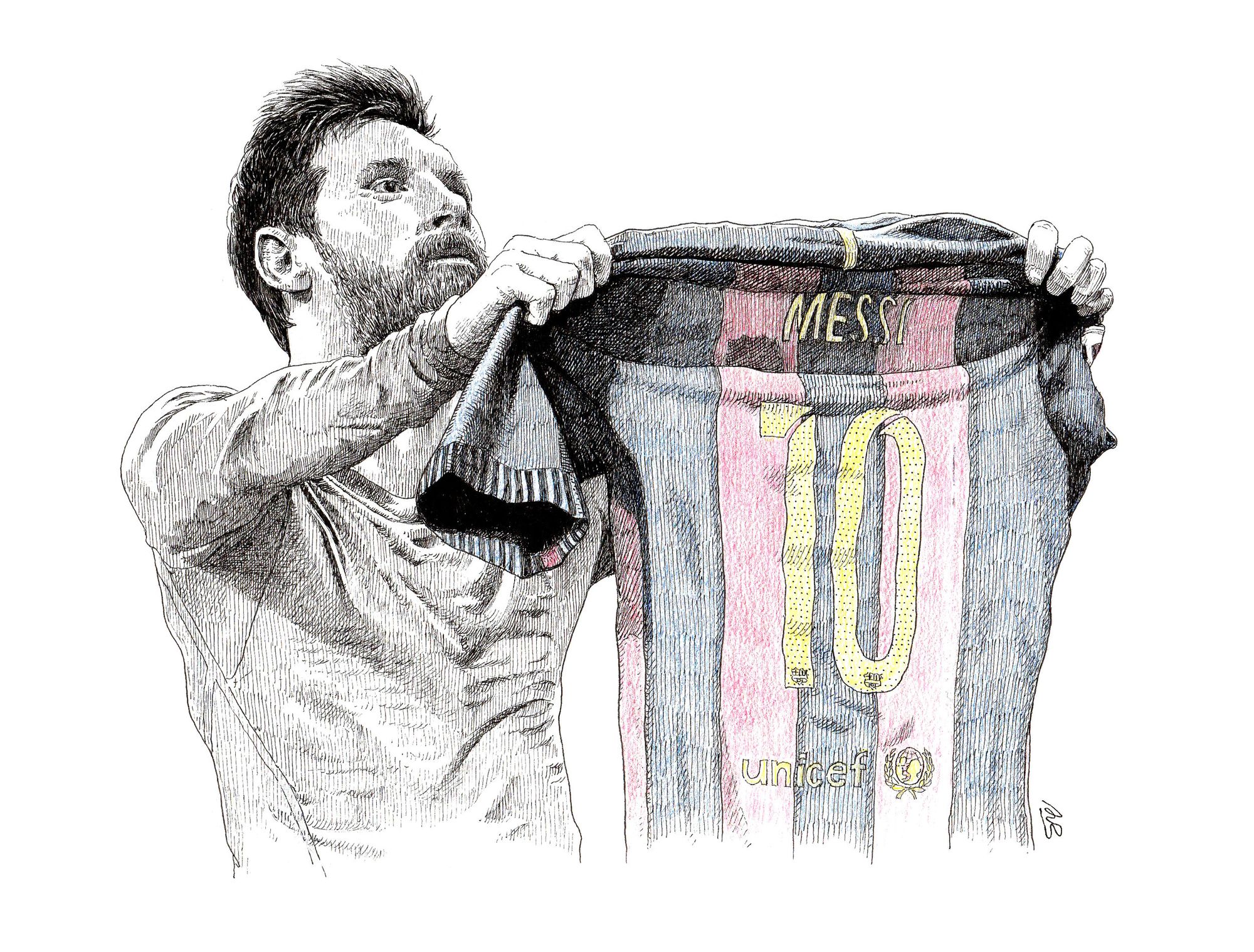
Q: Do you take all commissions, or are you selective? Do you have a deciding factor?
A: I think, as any illustrator should have, there's a few things you have to consider, which is obviously relative to how long you think this project is going to take. Or, in my case, how long do I think this project is going to take to finish? How much effort is it? And then, in relation to how much are they willing to pay for it? So that has to sort of reflect on how much time I'm actually spending of my life making this thing.
And also, sometimes you have to consider what the usage is. Is it going to be used, you know, for a year or forever? Are they going to get the usage rights for that? That's something I have considered.
I think if you're going into moral reasons … there might be, you know, a few things that, if I don't agree with what they're trying to do, what their main objective is or what this company does, then I wouldn't take it. Maybe if it's, you know, a big tobacco company or something that in some way promotes some kind of animal cruelty ... then I might not take it. I think there was one long ago that had something to do with cigarettes or something, and I said no.
Q: In terms of art and beauty, is there anything that you wished Hong Kong could do a little better?
A: Well, I mean, there are more museums that are popped up and things like that. It might be going in the right direction, but honestly, I don't always go and visit these museums. I've gone to a few of them. Personally, I prefer to go to like a historic museum or, you know, the maritime museum or something like that. So I probably am not an expert on that. But in terms of things outside of just art but Hong Kong being a very visually appealing city, I think there are some things that, you know, I heard that they were going to remove some of the neon signs, for example. I think they have already. I think that's a little sad. Like the things that were very iconic to Hong Kong or even the dragon boats. I would rather like to see more of those things than less because those are very iconic to Hong Kong.
Q: How did you come up with this name, The Ink Trail?
A: Initially in 2018, when I started this, I was planning to do a travel blog … I also started the Instagram around the same time, and I was trying to figure out some good name for a travel blog, actually, in the beginning. So that was, I don't know if it's a good name, but it was sort of a take on the Inca Trail in South America – but it's ink, and I also go on a lot of trails, so it's still relevant to some degree.

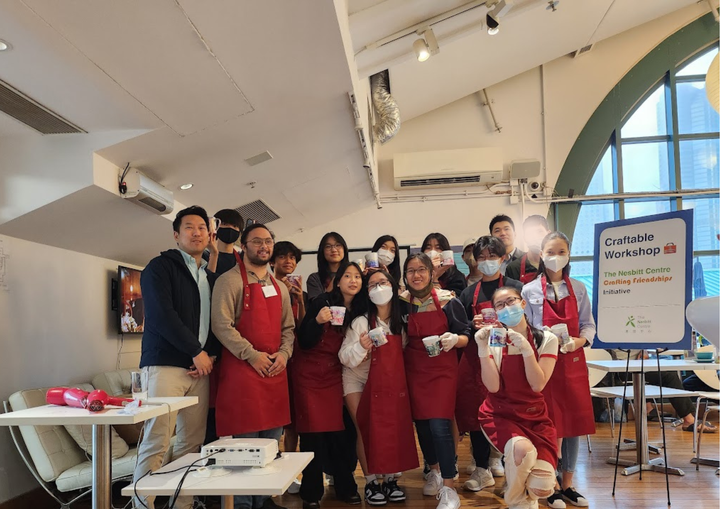
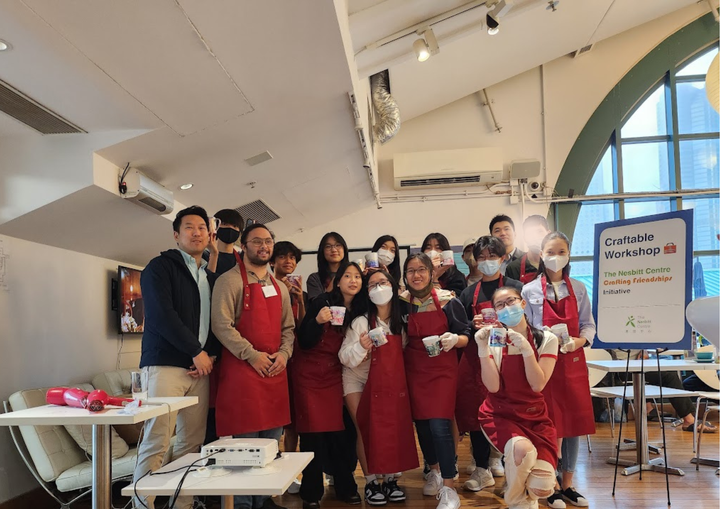

Comments ()